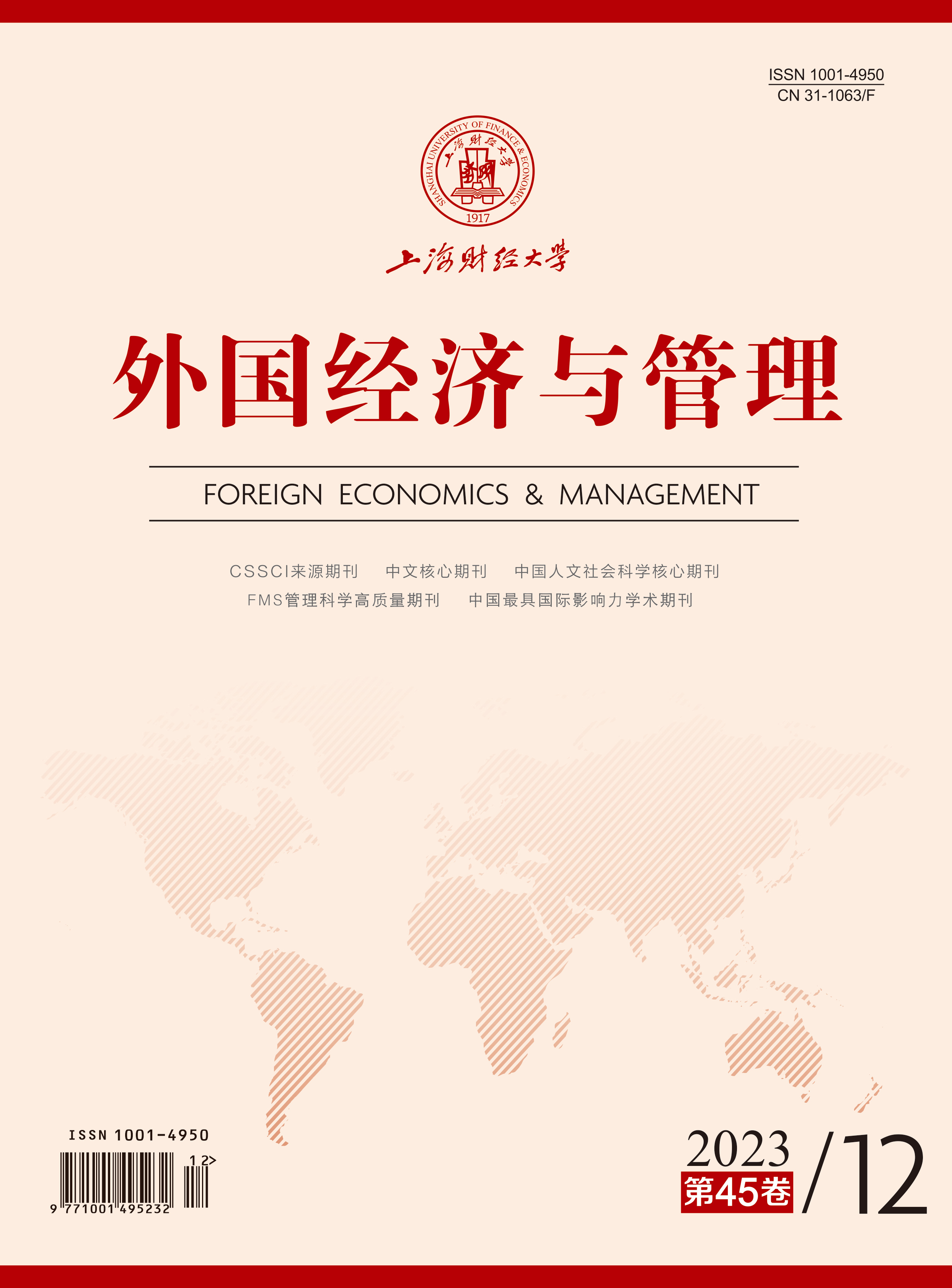As China is deeply integrated into the global economic system and trading system, Chinese enterprises and Chinese brands are going overseas. To integrate into the global economy, Chinese brands usually adopt two kinds of country-of-origin (COO) identity strategy to enter overseas markets: Some traditional Chinese brands adopt the “displaying Chinese identity” strategy; while some emerging Chinese brands adopt the “hiding Chinese identity” strategy. However, consumers in emerging and developed markets process COO messages differently. Therefore, based on the information processing theory, this paper takes Vietnam and Japan as the representatives of emerging markets and developed markets, to explore the impact of COO identity strategies on overseas consumers’ brand attitudes, and the differences in consumers’ dependence on cognitive paths and emotional paths through cross-country comparative research.
Two studies were conducted in this paper. Study 1 adopted a 2 (COO identity strategies: displaying Chinese identity vs. hiding Chinese identity) × 2 (overseas markets: Vietnam vs. Japan) between-group design. The results indicate that: In the Vietnamese market, compared with the “hiding Chinese identity” strategy, the “displaying Chinese identity” strategy leads to a more negative effect on the brand attitude toward Chinese brands. In this process, Vietnamese consumers rely more on their perceived retreat emotions and affinity toward brands rather than their evaluation of brand quality to form brand attitudes. However, in the Japanese market, the “displaying Chinese identity” strategy leads to a more positive effect on the brand attitude toward Chinese brands. In this process, Japanese consumers rely more on their evaluation of brand quality rather than their perceived agonistic emotions and affinity toward brands to form brand attitudes. Study 2 conducted a one-way (countermeasures: control group vs. ownership replacement strategy vs. brand isolation strategy) between-group design. The results show that: These two countermeasures can both effectively reduce retreat emotions and improve affinity and quality evaluation, thus improving Vietnamese consumers’ brand attitudes.
In terms of theoretical contributions, this paper extends the research on COO effects associated with brands going abroad from emerging markets, revealing the differentiated effects of COO identity strategies adopted by Chinese brands going abroad in different overseas markets, and demonstrating the importance of cross-country comparative research. In addition, this paper enriches the understanding of the information processing theory in the field of international brand research. In terms of practical implications, Chinese brands going abroad can adapt their COO identity strategies to suit the cognitive and emotional needs of overseas consumers to achieve a breakthrough in the market. Finally, for brands that have identified themselves as Chinese, the two market countermeasures proposed and tested in this paper can mitigate the risks encountered by Chinese brands in overseas markets without changing their country of origin.





 4498
4498  4712
4712

